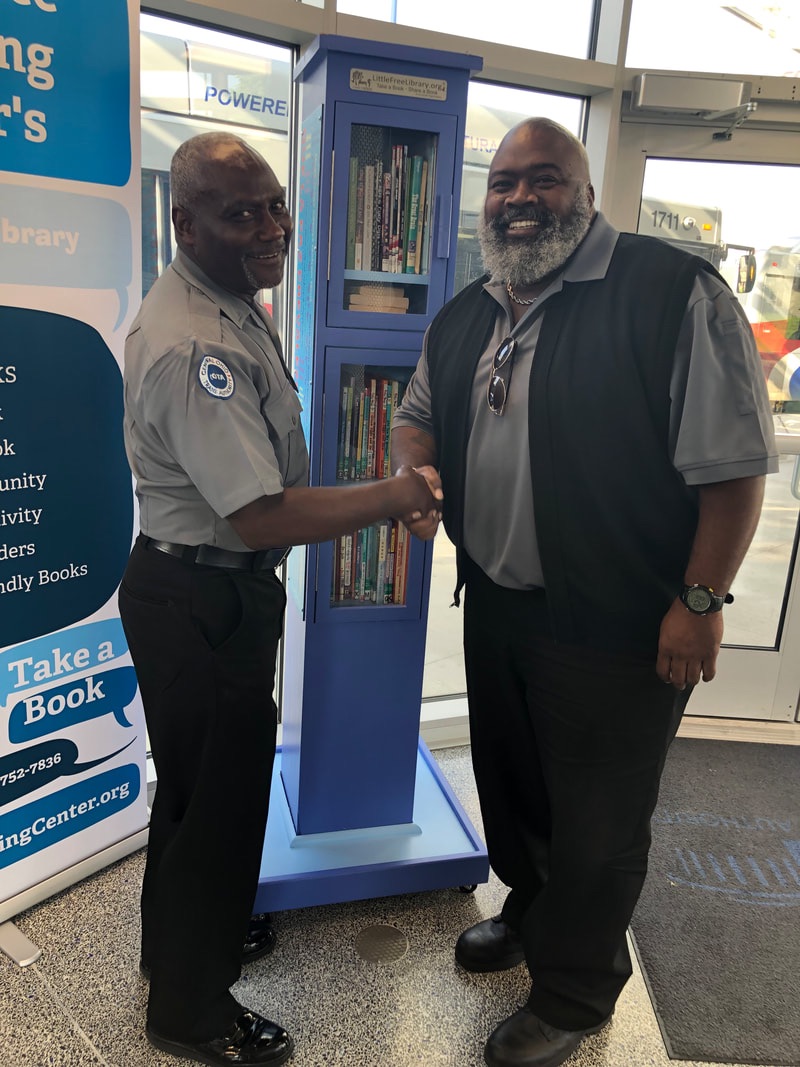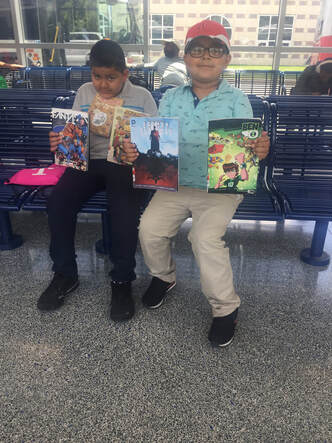|
Teaching kids about self-care can empower them to become independent from a young age, improve their understanding of physical and mental needs and make healthier decisions. In this article by Prudence Learning Center, we’ll explore a few simple ways parents can inculcate good self-care habits in their children.
Lead by Example It is common for children to copy the actions of those around them, this is actually one of the prominent ways young children learn new behaviors. Hence, it is important to be mindful of your behavior around kids. But, you can use this habit to teach them how to make healthy choices. One of the easiest ways is to include them in your own self-care routine, which can involve:
Teach Age Appropriate Habits Teaching self-care to kids is a long-term process, which will involve taking a step-by-step approach. This will allow your child to fully integrate them into their routine and make it a core part of their behavior. While your child is in pre-school you can start teaching them how to undertake simple chores such as bathing, clothing themselves, eating, and more. As they grow older and enter elementary and middle school, you can introduce them to concepts related to mental, physical, and emotional health. This can include:
Help Them Find a Hobby As reported by Parent Circle, a hobby provides various health benefits for children:
Additionally, a hobby will reduce your child’s dependence on electronic devices and the internet to pass time. Rather they’ll spend their time on activities that promote their physical and mental development. To help your child find a hobby, try to expose them to as many activities as possible, such as journaling, drawing, reading, sports, music, dance, etc. It is common for kids to change their interests over time, hence, allowing them to indulge in these activities at their own pace and then decide which one they want to continue with. Teach Them to Clean Up According to research, living in a cluttered environment can lead to stress, reduce our ability to focus, and breed negative emotions. While a child may not be as affected by toys lying around the room, the habit of not cleaning up can cause problems as they grow older. For instance, when living alone during college, having a cluttered bedroom can reduce their ability to concentrate, ultimately affecting their grades. To help your child overcome such a predicament in the future, inculcate the habit of cleaning up areas after use. This can start from instructing your child to always place their toys back where they took them from after use. Similarly, teach them to make their bed, and keep their room organized at all times. Set Boundaries Setting boundaries is an effective way of teaching children the difference between acceptable and unacceptable behavior. Boundaries also help develop discipline in kids, making the process of teaching other self-care habits easier and less stressful. You can start with setting basic boundaries in your home, such as:
Over time, children will understand the importance of boundaries and start setting some of their own. This will help to develop a healthy level of self-esteem and confidence. When it comes to teaching kids self-care, consistency is key. Additionally, you will need to follow these practices yourself so that your child can model their behavior based on their observations of yours.
0 Comments
A socially distanced environment for your student learning online
Consider Private Pods A safe socially distanced space for your students. Space is limited: Call or Email Now to Reserve your Pod Available Monday-Friday For many kids, rainy days can be dull and boring because they’re not able to play outdoors, and it’s difficult to stay entertained. This often leads to behavioral issues, fighting with siblings, and general moodiness that can rub off on everyone in the household. On days when the weather is just too nasty to go outside, it’s important to find other ways to help your children have fun. Fortunately, there are several apps and websites that will let them learn while they play. Depending on your children’s age and learning needs, you can find plenty of games, videos, and interactive sites that will help guide them through education-based activities. Not only will these keep them busy on rainy days, they could actually help them get a leg up on school work, as some sites and apps are school-approved and used in class. Check with your children’s teachers for ideas on which sites to use in conjunction with their lesson plans, and read on below for tips on where to look yourself. Incorporate animals Just about every child loves animals, especially dogs. These funny, loyal pets are as interesting as they are cute, so incorporate dog-themed lesson plans into your child’s online learning. There are plenty of sites that offer education on the anatomy of dogs, their history, and how vets use technology to help these animals. Combine fun with science There are many forms of science and many different ways you can combine learning about them with genuine fun for your kids. Building, creating experiments, and getting creative are all great ways to get your little ones interested in the subject; you can find out more about some ideas here. Look for sites your child’s teacher endorses Many classrooms are utilizing learning apps and sites these days, and these can often be used at home to help your child advance in a given subject. Reading and math are two of the most popular, but there are many different learning tools available on many of these sites. Talk to your child’s teacher about the best ways to help your little one stay on track at home, and ask specifically about Starfall and Scholastic. Explore musical interests Research continues to show the benefits of music and how learning to play an instrument can boost academic skills, self-expression, listening skills and social skills. If your child hasn’t been introduced to playing an instrument, a rainy day is the perfect time. If you have a piano or even an old woodwind instrument, pull out some sheet music or buy new reeds and set up your kid for some quick introductory music lessons from a site like LessonFace. Help children boost social skills Learning is often about more than memorizing facts; many kids need a little help with their social skills as well. Fortunately, there are several sites that can assist with that aspect of learning, such as Curious World, which allows you to customize the things your child works on to maximize the effect. Choose your child’s age and create a custom learning experience. Learn a new language Kids can benefit in many ways from learning a new language, and it’s widely believed that it’s easier to learn and retain language the earlier we start. With sites and mobile apps like Duolingo and Pangaea Learning, it’s easier than ever to discover a language and begin speaking, reading, and comprehending it. You can even learn it along with your child and motivate one another. With these fun sites, you can help children stay on track on rainy days that prevent them from playing outside. Remember to do a bit of research first to make sure sites are age-appropriate, try to have necessary supplies on hand, and talk to your child about how to stay safe online. Help Your Child Prosper With the Right Learning Environment
By Susan Good Oftentimes parents are reactive when it comes to finding ways to help their kids prosper in school. Don’t wait until your youngsters’ grades reflect an unstructured in-home learning environment. With a well-thought-out work area, your child can thrive. Here is how to make a space that is distraction-free and brings out the best in your kid. Dedicate space. Creating an area dedicated to your children’s learning is a key in helping them to bloom. As This Old House points out, children can find it encouraging to have their own space for their work. Allow your kids to provide input into the selection of various features, such as the location and set up. Provide them with a distraction-free reading nookusing a permanent space, such as a converted closet, or one that can be put up and taken down like an indoor tent. This can be a place for them to read, do homework, or just escape. Consider orientation. How the work area is positioned can play a major role in a child’s ability to focus, so it is best to limit distraction. For instance, a window view can mean staring outside and daydreaming, so you may be better off with a desk facing away from windows. It’s also important not to have electronic devices interrupting your children’s focus. Keep everything close. Think through all the items each of your children need in order to engage with their homework and extracurricular activities, and ensure those things are available. With supplies close at hand, your youngsters don’t need to interrupt their learning to search for items. For example, children who are involved with STEM activities may need a dry-erase board, implements for experiments, calculators, and other age- and activity-appropriate STEM tools. Artistic kids will need their various art supplies, such as paint brushes, papers, canvas, drawing tools, sculpting media, and an easel. Choose colors wisely. While it may not seem important, some studies showthe colors in the rooms where children work can enhance or inhibit their performance. Kid-Smart Spacessuggests a three-pronged approach to best improve levels of concentration, focus, analytical abilities, retention, and critical thinking:
Adapt as necessary. Just because you set up an area doesn’t mean it will work forever. Sometimes you and your child may think you found the best spot, but you may need to change plansif it isn’t as effective as you hoped, or as your children grow and evolve. Environment matters. As a parent, you want to help your children grow. Create a designated area that is tailored to each child’s needs. A well-thought-out environment can equate to thriving in both academic and extracurricular pursuits. |
AuthorBy Susan Good Archives
June 2019
Categories |



 RSS Feed
RSS Feed